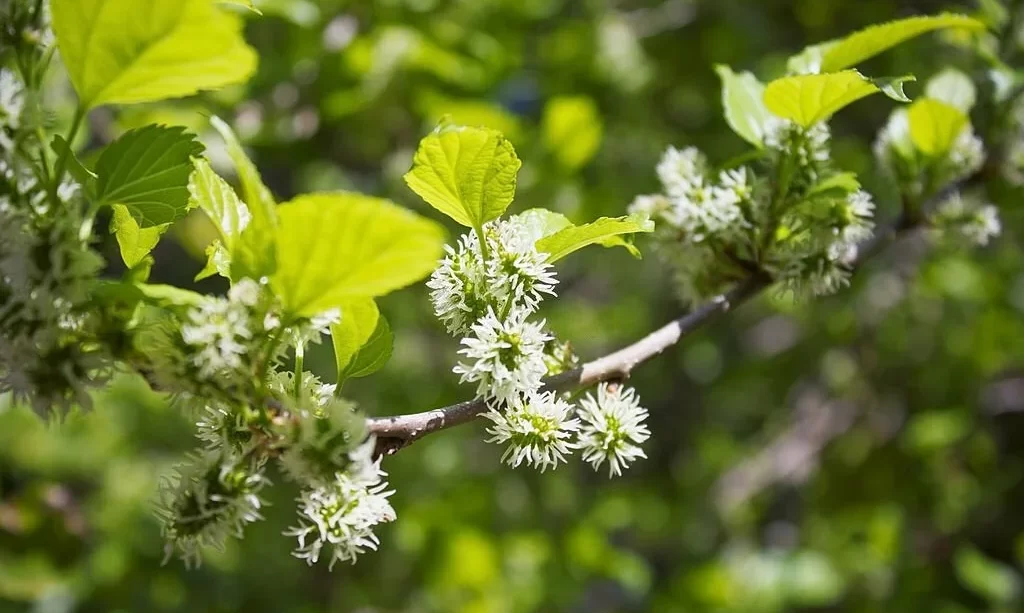The allure of the mulberry, with its sweet and juicy berries, has enchanted many a fruit lover. But what may come as a surprise is that in certain regions, mulberry trees are strictly forbidden. This article dives into the enigmatic world of mulberry tree bans, uncovering the reasons behind their prohibition. Delving into historical context, environmental concerns, and legal restrictions, we’ll unveil the mysterious story of why mulberry trees are considered “forbidden fruit” in some areas, despite their delectable offerings.
Historical Background
To understand the unusual ban on mulberry trees, one must journey back in time. Mulberries have a historical connection to the silk industry. Their leaves were the exclusive food source for silkworms, the producers of coveted silk threads. In some regions, the flourishing silk trade led to government regulations mandating the planting of mulberry trees. However, with the decline of the silk industry and the unintended consequences of these mandates, a new narrative emerged. As we explore this history, it becomes clear that the ban on mulberry trees is rooted in a past era’s economic interests that persist today in surprising ways.
Invasive Nature of Mulberry Trees
While history plays a pivotal role, the invasive nature of mulberry trees is one of the foremost reasons for their prohibition. Invasive species are known for their ability to outcompete native plants, disrupt local ecosystems, and even alter the very fabric of the environment. Mulberry trees, especially the white mulberry (Morus alba), are prolific seed producers and can quickly colonize areas, often at the expense of native vegetation. Their aggressive spread has caused ecological imbalances in various regions, making them a target for eradication efforts and legal restrictions. Understanding the ecological implications of mulberry trees is vital in comprehending why some areas have banned these seemingly innocent trees.
Allergies and Health Concerns
Another facet of the controversy surrounding mulberry trees is related to health concerns. While mulberries are a beloved fruit for many, they can trigger allergic reactions in some individuals. Allergies to mulberries can manifest in various ways, from skin rashes to more severe respiratory symptoms. In areas where these allergies are prevalent, the presence of mulberry trees can be a genuine health concern. This has contributed to the bans in certain regions, as authorities seek to protect the well-being of their residents. Understanding the potential health risks associated with mulberries is crucial in unraveling the complex reasons behind their prohibition.
Legal Restrictions and Penalties
The legal aspects of the mulberry tree ban cannot be ignored. In regions where mulberry trees are prohibited, strict regulations are often in place. Those caught planting or cultivating mulberries may face penalties and fines. These legal restrictions have been put in force to enforce the ban and maintain ecological balance. By exploring specific cases where individuals have faced legal consequences, it becomes evident that the ban on mulberry trees is not to be taken lightly. The penalties serve as a stark reminder of the seriousness of these prohibitions.
Alternative Options and Controlled Cultivation
Despite the ban, there are ways to enjoy mulberries responsibly. Some regions have found solutions that allow controlled cultivation of mulberry trees. These controlled environments ensure that the trees do not spread uncontrollably, addressing both the invasive nature and the health concerns. Additionally, for those who cannot plant mulberries, there are alternative fruit trees or plants that can provide similar delights without the associated risks. Exploring these alternatives provides hope for those who wish to savor the sweet rewards of fruit-bearing trees while adhering to the laws in their region.
Conclusion
The mystery of mulberry tree bans unveils a complex narrative woven from history, environmental concerns, health issues, and legal regulations. While mulberries themselves are cherished for their juicy, flavorful fruits, their story takes unexpected turns in different parts of the world. Whether due to their role in the silk industry, their invasive nature, the potential for allergic reactions, or legal restrictions, mulberry trees have faced prohibitions that continue to shape the landscapes of certain regions. Understanding these multifaceted reasons behind their ban sheds light on the enigmatic world of “forbidden fruit”. It is a story that serves as a reminder that even the sweetest delights can be subject to regulations when ecological and health factors are at stake.




